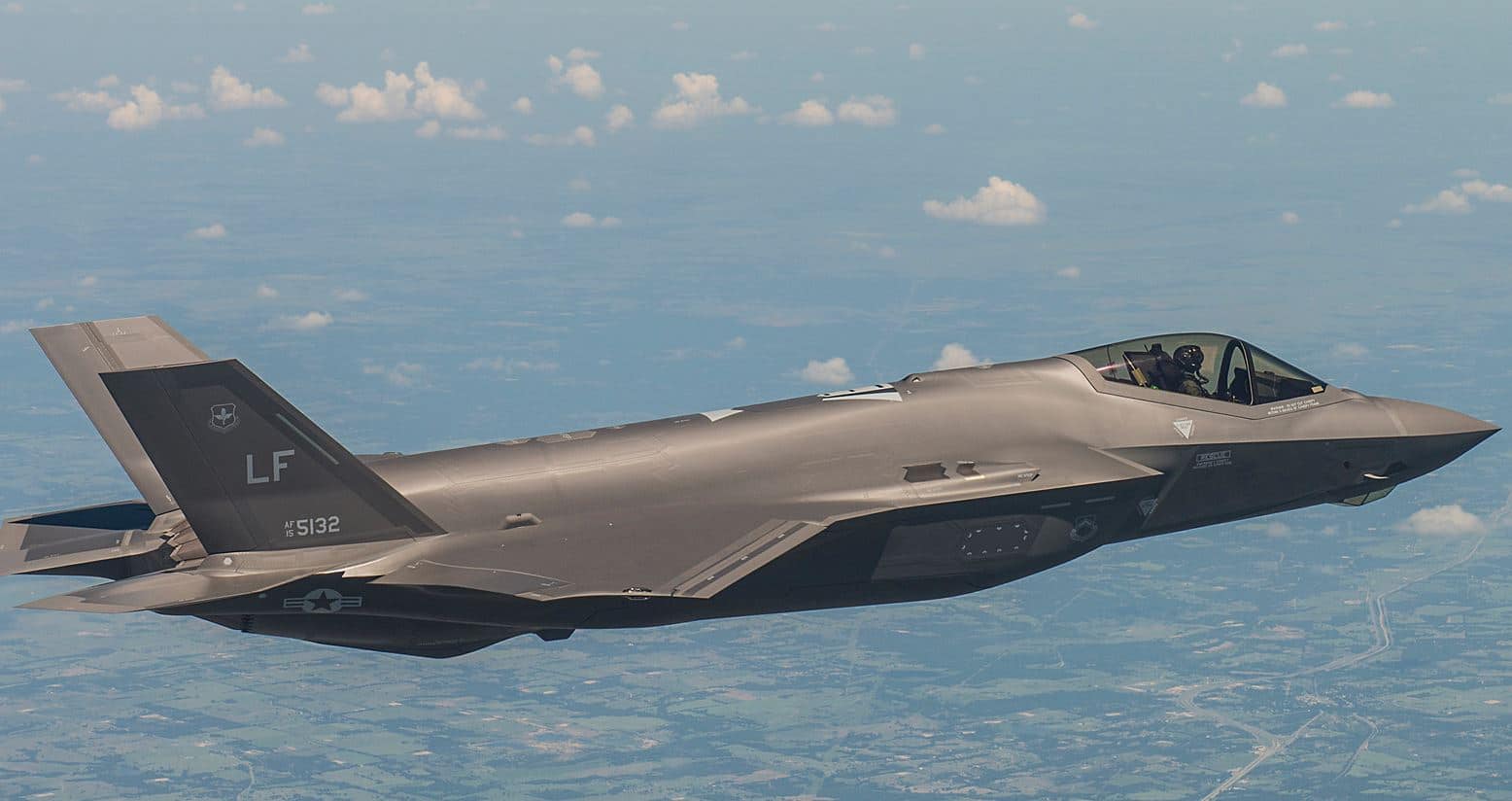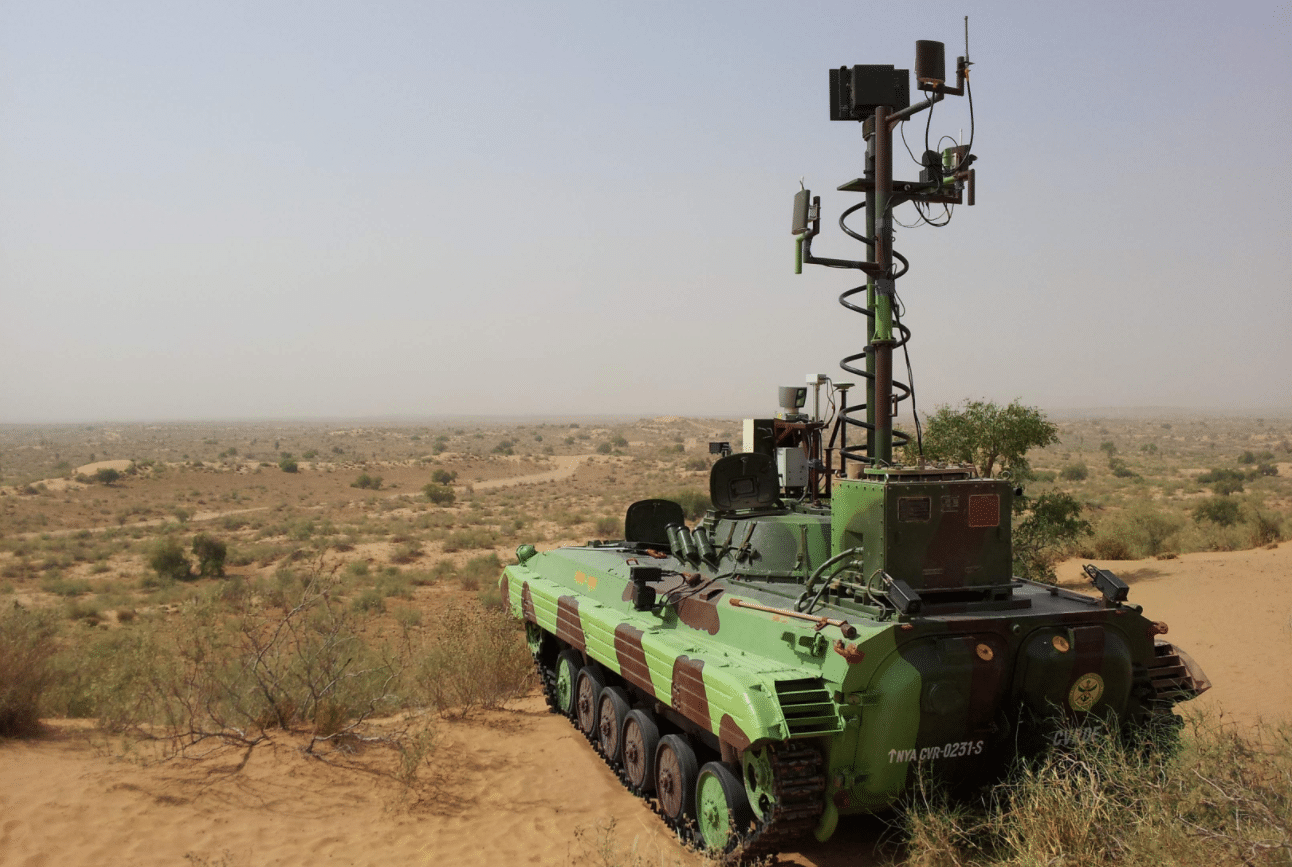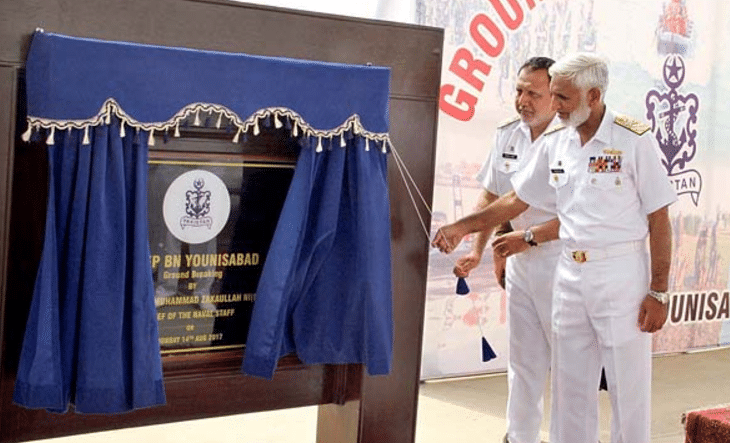38Views 10Comments

UAE seeking F-35, also signs for F-16 upgrades and in talks for Su-35
The United Arab Emirates (UAE) has signed a $1.6 billion U.S. order for upgrades for its fleet of Lockheed Martin F-16E/F Block-60 fighters. Specifics regarding the contract, which was signed at the on the opening day of the 2017 Dubai Air Show, were not provided.
The provision of the AN/APG-83 AESA radar is the marquee feature of the F-16V upgrade, but the UAE’s F-16E/F Block-60 already utilizes an active electronically-scanned array (AESA) radar in the AN/APG-80. It is possible that the UAE upgrade will primarily focus on avionics and the human-machine-interface (HMI).
Russia’s Deputy Prime Minister Dmitry Rogozin had also announced that the UAE was in talks with Russia for an unspecified number of Sukhoi Su-35 Flanker-E multi-role fighters from United Aircraft Corporation (UAC). The Russian side hopes to finalize a contract before the end of 2017.
Abu Dhabi’s long-term aspirations involve inducting a 5th-generation fighter. Defense News reported that the UAE was seeking 24 Lockheed Martin F-35 Lightning II fighters.
The Deputy Commander of the UAE Air Force, Brig. Gen. Rashed M. Al-Shamsi stated, “equipping the Air Force requires connected multi-role platforms with the ability to share data, enhanced intelligence collection and distribution of the capabilities … [with] a timely and reactive dynamic targeting process.”
In February, the UAE and Russia’s UAC had agreed to co-develop a lightweight next-generation fighter. At the time, Russia’s Minister of Industry and Trade Denis Manturov stated, “We’ve signed an agreement on industrial cooperation in the field of military engineering. This will enable us to push ahead with the fifth-generation-jet project, in which the UAE will participate.”
The status of this joint-program is unclear, especially in light of the UAE’s interest in the F-35 Lightning II, but Abu Dhabi appears to be engaging Moscow with the aim of strengthening its own aviation industry. At the Dubai Air Show, the two sides began preliminary talks on co-producing the Irkut MC 21-400 civil airliner and to pitch the MC 21-400 to the Middle East and North Africa (MENA) market.
Notes & Comments:
Two aspects to the UAE’s long-term force development plans appear to be (1) imbuing its forces with qualitative improvements and new combat capabilities, as indicated in the UAE Air Force’s Deputy Commander’s statement and (2) undertaking aviation production work in the UAE. However, it is unclear to what extent the two aspects are inter-connected. For example, while the UAE is interested in co-producing and marketing the Irkut MC 21-400 to the MENA market, UAE-based airlines – such as Emirates, Etihad Airways and others – are primarily users of Boeing and Airbus airliners. Likewise, it is unclear where the joint fighter project UAC or even the potential Su-35 purchase would stand in the UAE’s wider modernization programs, which still appear to be geared towards premium U.S. and European solutions.


